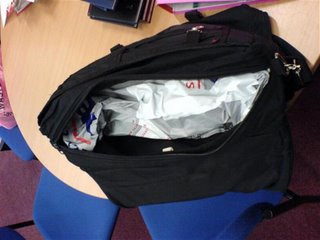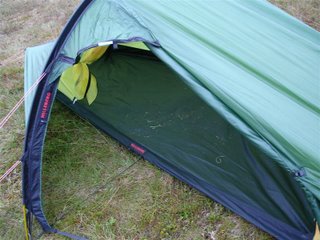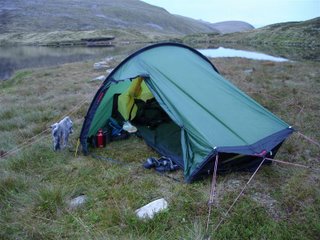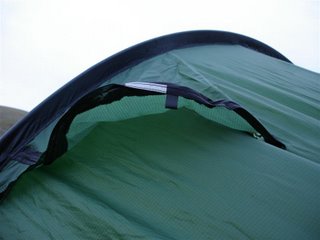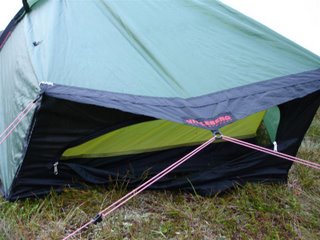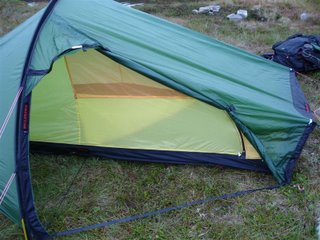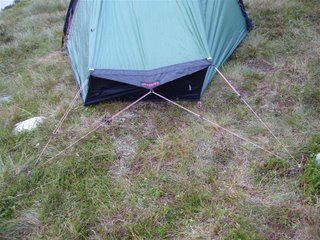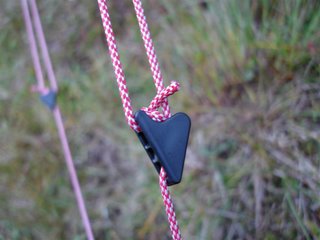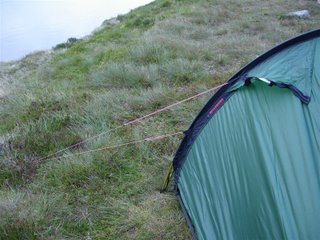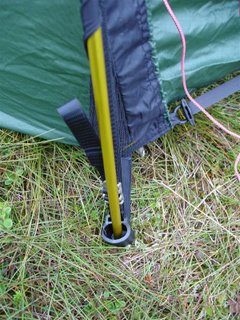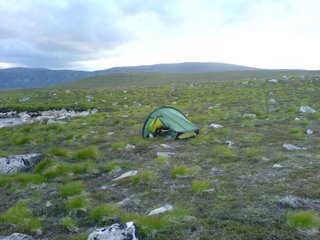Linn of Dee to Corrour Bothy. Met George and his hiking buddy, Keith. I managed to hear THE football score. Rangers one by one goal, but at one point, Queen of the South scored 2 goals to bring them equal with the Wegies. Unbelievable.
--
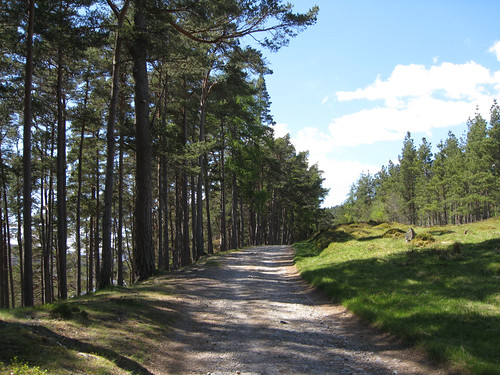
Parked the car at the Linn of Dee at about 2pm, walking along in rolled up fleece sleeves, with sun-tan lotion on, and my boonie hat for eye shade. (maplink)
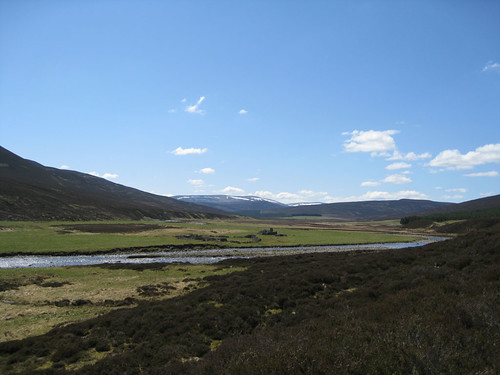
The target is the patch of trees in the distance.

Chewed the fat with Big Kev, who let me know that George and his trail buddy were about half an hour away. Unsurprisingly, in this weather, Kev was in no hurry to leave. he was looking for places where he and his lad could go wild camping. I think he's spoilt for choice.

I reached the White Bridge just after 3pm, and turned north up Glen Dee. I stuck to the west side, as I'd never been fully up that side (having walked part of it when walking off Beinn Bhrotain last summer.

From the west of the glen, the Bod stands guard, blocking the view of the Lairig.

Further up the glen, the Lairig Ghru becomes visible - the main pass through the Cairngorm plateau. indeed, a U-shaped valley.

After the path runs out, I follow the deer track across the sandy shore of the Geusachan Burn. The plan is simply to contour round and come in on the bothy. It's a hard life.
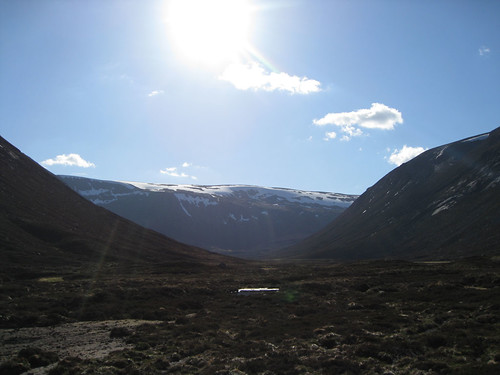
As it is now 6pm - had I been walking that long? - the sun starts to lower in the sky, allowing cracking views of the snow-lined side of Monadh Mór.

South back down Glen Dee - I walked up there. Approximate distances - Linn of Dee to White Bridge = 4.5km, White Bridge to Corrour = 9.5km. (tune in my head)

The bothy eventually becomes visible. (tune in my head)

As the sun starts to move behind the Bod of the Devil, was it worth the walk? In this weather, yes.
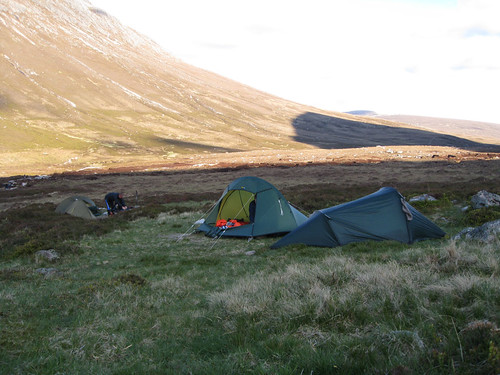
A chin-wag with George and Keith. They've been here a while (the path on the east of the valley allowed them to get to the bothy quicker than my saunter).

The bothy with its new toilet block - use it or lose it.

Dying sunlight picks out tomorrow's target - Carn a' Mhaim.

The mug and bowl is great (having arrived earlier that day). The cozy is 20cm wide x 24cm high. It fits a Wayfarer pouch perfectly. The cup kept the tea warm for between 15 and 30 minutes. The bowl holds 16 fluid ounces, and can fill most of the 18fl oz Aquagear filter bottle. Both are gradated with metric and imperial scales.

A group of phase-shifting red deer prance around the bothy.

And I discover an 'ole in the inner of my Akto. Jings.
 Getting on with my life and thinking about things.
Getting on with my life and thinking about things.




























